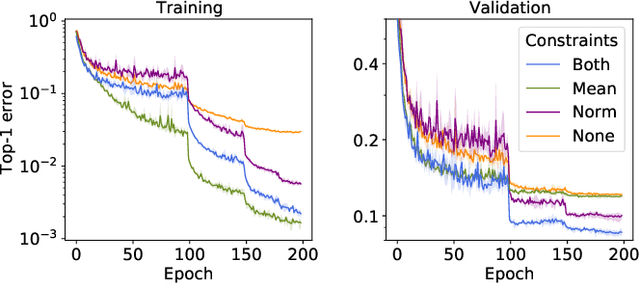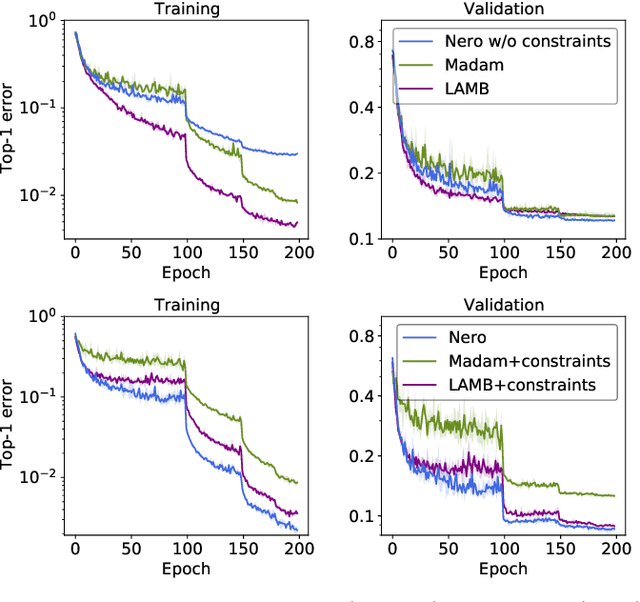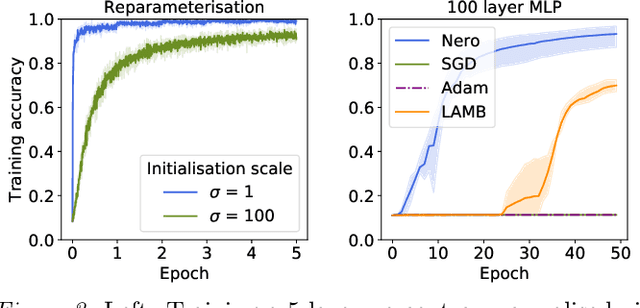Learning by Turning: Neural Architecture Aware Optimisation
Paper and Code
Feb 14, 2021



Descent methods for deep networks are notoriously capricious: they require careful tuning of step size, momentum and weight decay, and which method will work best on a new benchmark is a priori unclear. To address this problem, this paper conducts a combined study of neural architecture and optimisation, leading to a new optimiser called Nero: the neuronal rotator. Nero trains reliably without momentum or weight decay, works in situations where Adam and SGD fail, and requires little to no learning rate tuning. Also, Nero's memory footprint is ~ square root that of Adam or LAMB. Nero combines two ideas: (1) projected gradient descent over the space of balanced networks; (2) neuron-specific updates, where the step size sets the angle through which each neuron's hyperplane turns. The paper concludes by discussing how this geometric connection between architecture and optimisation may impact theories of generalisation in deep learning.
 Add to Chrome
Add to Chrome Add to Firefox
Add to Firefox Add to Edge
Add to Edge